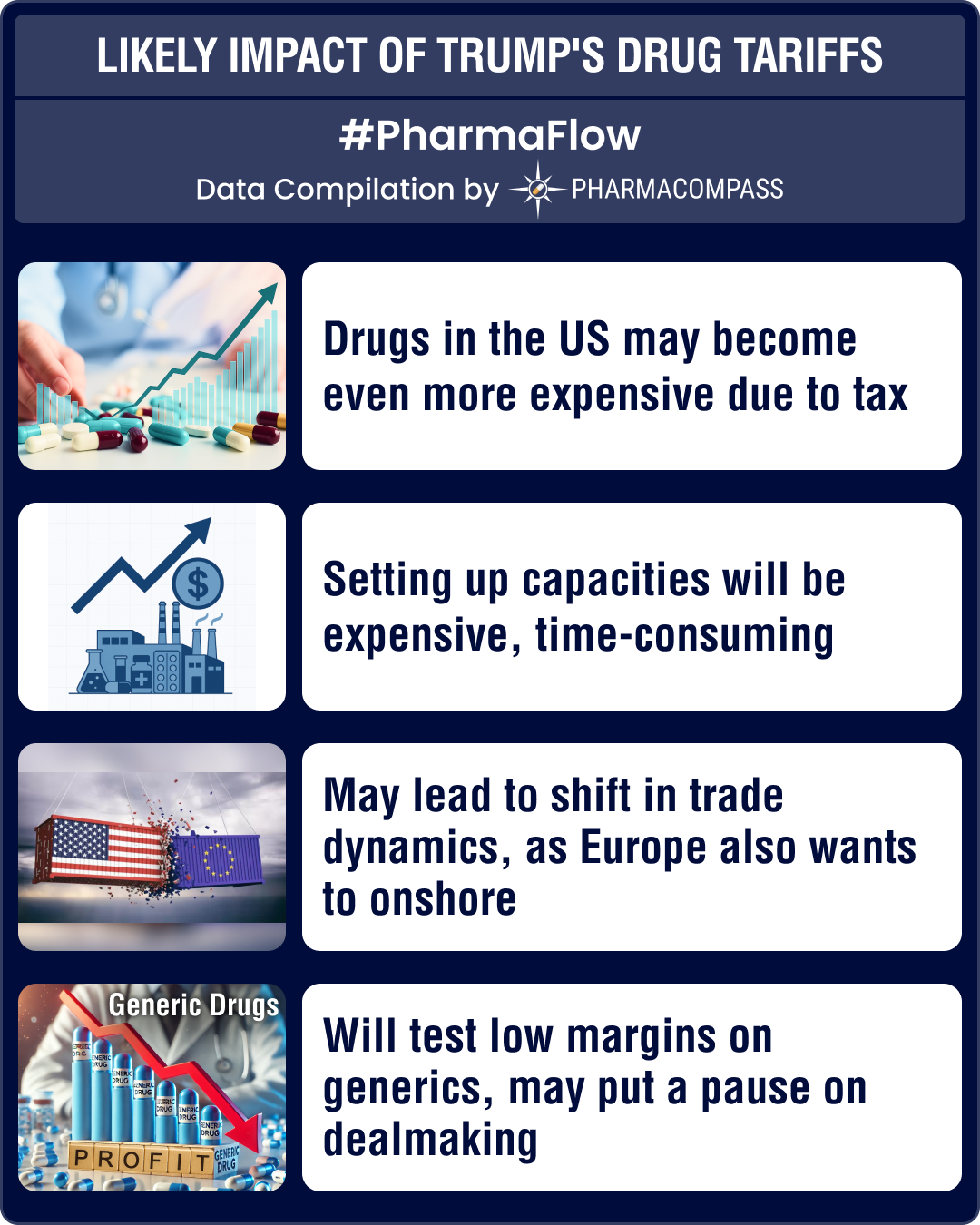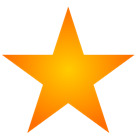 ALLERGAN INC
ALLERGAN INC
24 Mar 2025
// PR NEWSWIRE
12 Feb 2025
// PR NEWSWIRE
05 Feb 2025
// PR NEWSWIRE

About
CPhI North America CPhI North America
Industry Trade Show
Not Confirmed
20-22 May, 2025
Industry Trade Show
Attending
04-08 May, 2025
Industry Trade Show
Attending
20-22 May, 2025
CONTACT DETAILS
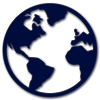
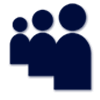


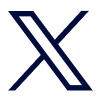
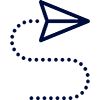
Events
Webinars & Exhibitions
CPhI North America CPhI North America
Industry Trade Show
Not Confirmed
20-22 May, 2025
Industry Trade Show
Attending
04-08 May, 2025
Industry Trade Show
Attending
20-22 May, 2025
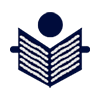
24 Mar 2025
// PR NEWSWIRE
https://www.prnewswire.com/news-releases/allergan-aesthetics-emphasizes-commitment-to-innovation-science-and-a-patient-centric-approach-at-amwc-2025-302409039.html

12 Feb 2025
// PR NEWSWIRE
https://www.prnewswire.com/news-releases/allergan-aesthetics-to-launch-three-new-state-of-the-art-training-centers-in-the-us-expanding-access-to-high-quality-aesthetics-training-302374118.html

05 Feb 2025
// PR NEWSWIRE
https://www.prnewswire.com/news-releases/allergan-aesthetics-the-american-society-of-plastic-surgeons-asps-and-the-aesthetic-society-release-two-new-engaging-limitless-videos-celebrating-women-surgeons-302368870.html

24 Jan 2025
// PR NEWSWIRE
https://www.prnewswire.com/news-releases/allergan-aesthetics-unveils-new-aa-signature-program-and-immersive-booth-at-imcas-world-congress-2025-302359301.html

18 Nov 2024
// PR NEWSWIRE
https://www.prnewswire.com/news-releases/allergan-aesthetics-offers-free-business-education-courses-online-to-support-growing-practices-with-allergan-aesthetics-products-302307919.html

30 Oct 2024
// PRESS RELEASE
https://news.abbvie.com/2024-10-29-SkinSpirit-joins-Allergan-Aesthetics-in-Supporting-Girls-Inc-and-Empowering-the-New-Generation-of-Women-in-STEM#:~:text=IRVINE%2C%20Calif.%2C%20Oct.,explore%20career%20paths%20in%20STEM
Inspections and registrations
ABOUT THIS PAGE
ALLERGAN INC is a supplier offers 1 products (APIs, Excipients or Intermediates).
Find a price of Botulinum toxin type A bulk offered by ALLERGAN INC


